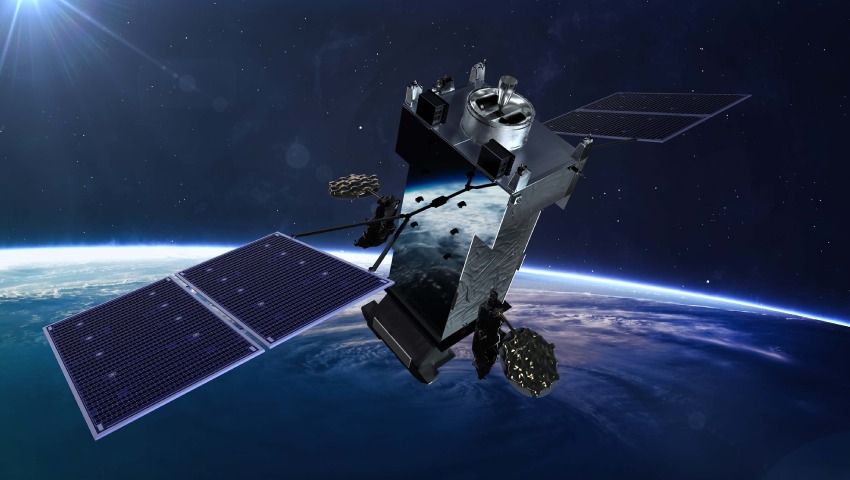The global defence prime has been selected to support Lockheed Martin’s development of a next-generation missile warning system.
Lockheed Martin has awarded a subcontract to Raytheon Technologies for the delivery of a second mission payload for the Next Generation Overhead Persistent Infrared Geosynchronous Earth Orbit Block 0 missile warning satellite system (NGG).
This is in addition to Raytheon Technologies and Northrop Grumman’s existing work to provide the first of three mission payloads for the NGG.
This forms part of Lockheed Martin’s broader contract with the United States Space Force (USSF) Space Systems Command (SSC) to build three survivable NGG satellites with enhanced missile warning and resiliency capabilities.
The project involves a risk-reduction activity aimed at meeting the USSF’s 2025 launch target, with Raytheon and Northrop Grumman/Ball Aerospace tasked with developing mission payload designs.
The designs are reportedly on track to fly on the first two NGG satellites, with Lockheed Martin yet to determine which payload will be aboard the first NGG satellite.
“For this ‘Go-Fast’ program, both teams had to meet stringent schedule and performance requirements – which they’ve done,” Joseph Rickers, Lockheed Martin’s NGG program vice-president said.
“I want to congratulate and thank both teams for their tireless work and we look forward to the first flights of both the mission payloads.
“These advanced OPIR payloads will support the critical mission by leveraging technologies with new capabilities on an aggressive schedule.”
The Raytheon and Northrop Grumman/Ball Aerospace teams completed preliminary design reviews in 2020 and critical design reviews in 2021.
Both teams also successfully completed environmental testing of their payload engineering development units.
[Related: ] Lockheed Martin, Leonardo, Avio Aero win C-130J sustainment contract








